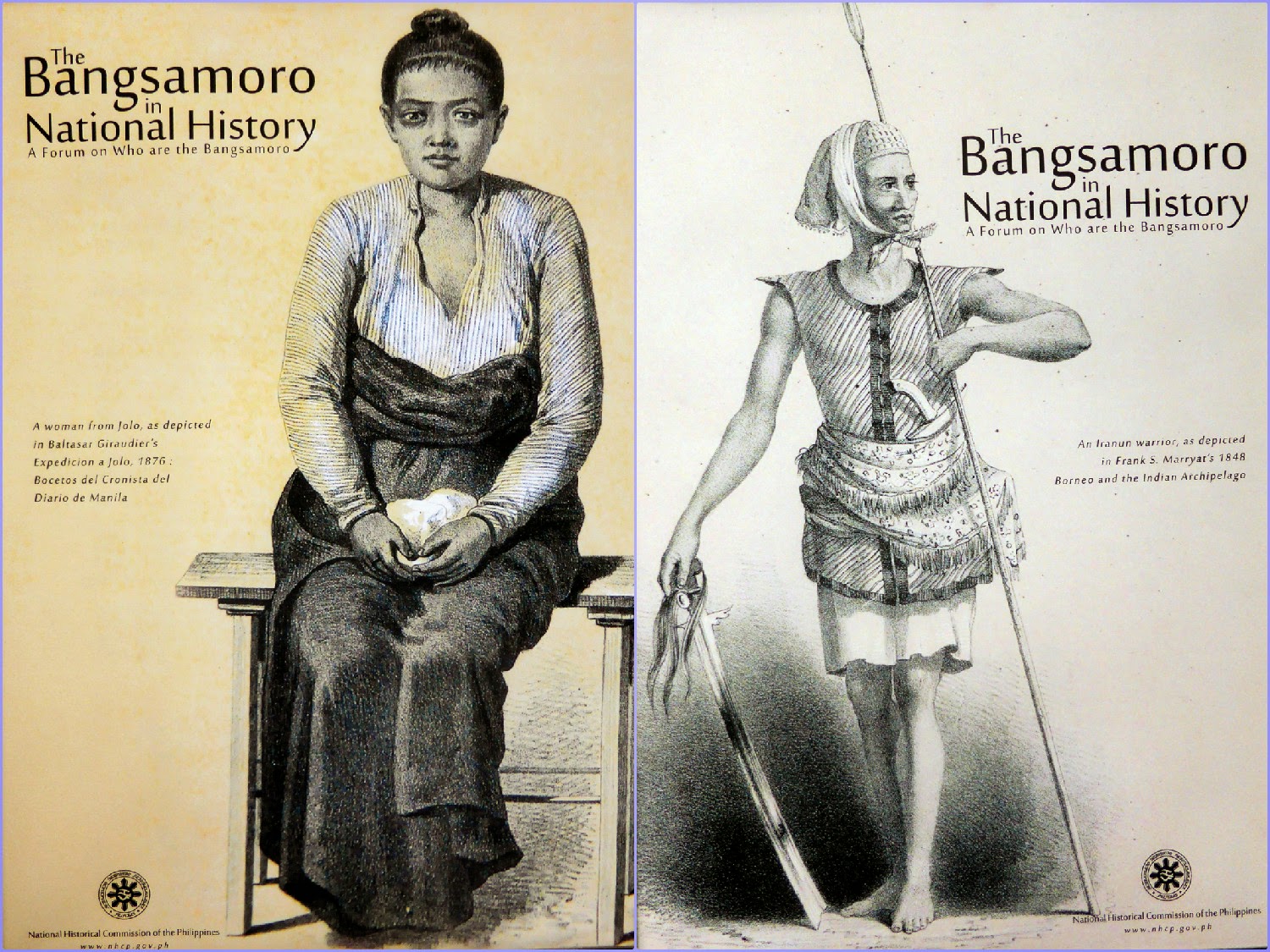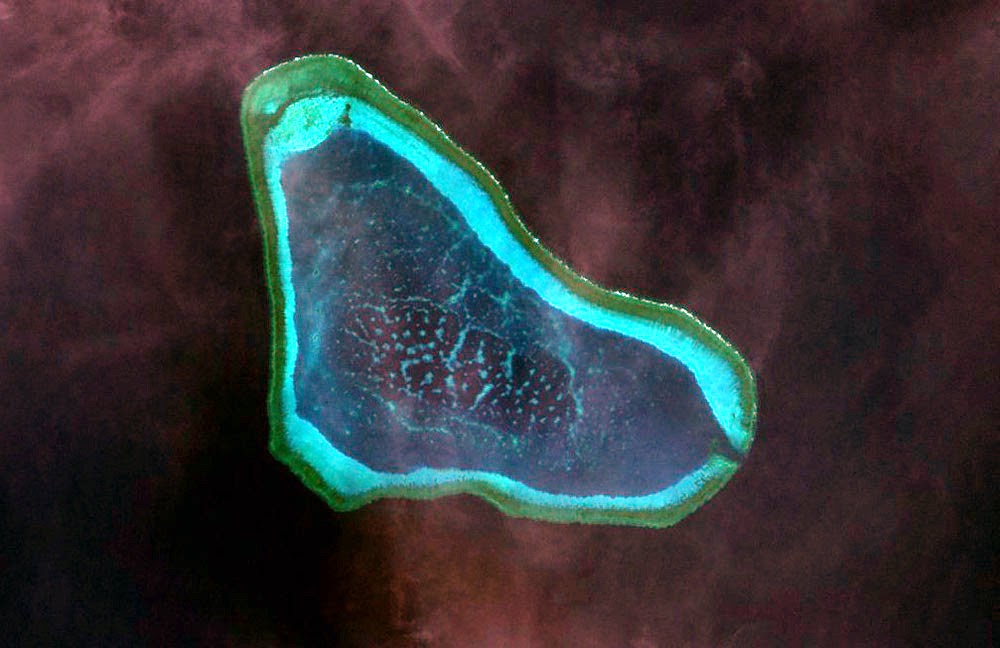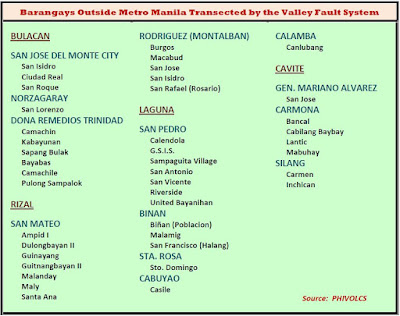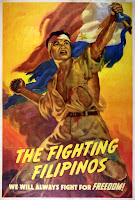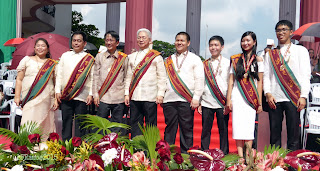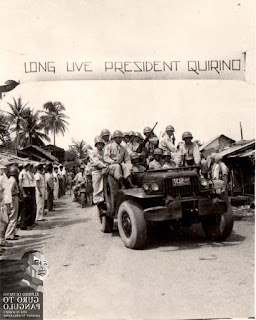Note: This photo-essay appeared in the 13-19 March 2015 edition of FilAm Star, 'the newspaper for Filipinos in mainstream America' published in San Francisco, CA. The author/blogger is the Manila-based Special News/Photo Correspondent of the said weekly.
A fellow ex-nuke worker from Canada was here for a visit, and we both took the chance to renew acquaintance with the BNPP, and nothing could beat walking down the well-preserved spick-and-span reactor, steam generator, and auxiliary buildings. We tarried for sometime inside the main control room, which has remained as it was many years ago. Deja vu! We felt the excitement of visitors when they cross the double hatchway to get a view of the reactor, among other things, at the reactor pool. This is an experience they would not get in an operating nuclear facility.
Throwback: it was Philippine Nuclear Power Plant (PNPP) until August 1992 when President Fidel V. Ramos issued Executive Order No. 13 renaming it the Bataan Nuclear Power Plant (BNPP).
We recalled getting systems and procedures ready to implement the radiation exposure management program once the fuel assemblies got loaded to the core. Actually, that program went in place as soon as the nuclear fuel arrived in 1984 at the international airport, transported by land, and deposited at the plant in Napot Point, Morong town in Bataan province.
BNPP, located at the tip of a 389-hectare government reservation at Napot Point, was a 620MW Pressurized Water Reactor (PWR) nuclear power plant built by Westinghouse. It was designed to withstand a postulated earthquake of intensity 8 in the Richter Scale (or ground acceleration value of 0.4G). Since it is 18 meters above sea level ground elevation, the site is well-protected against tidal waves and tsunamis.
Construction started in March 1976. It was almost complete in 1984 and all the equipment and systems had passed the hot functional tests. Core loading was eagerly anticipated. But EDSA 1 changed all that. In November 1986, the Cory administration decided to mothball the plant and designated NPC as caretaker.
Through the years, there had been discourses on the “the conversion of BNPP into alternative utilization” both for energy and non-energy purposes.
In May 1993, for example, President Ramos directed the secretary of energy “to consider only non-nuclear options for the operation of the BNPP” considering the results of a study on the “repair, upgrade and operation of BNPP as a nuclear power plant as proposed by Westinghouse.” He reiterated this position in 1997 when other conversion proposals were studied.
In 2008, upon the request of the Philippine government, the International Atomic Energy Agency (IAEA) deployed a team of experts “to counsel ... on the practicalities of revitalizing the plant.” Akira Omoto, Director of the IAEA´s Division of Nuclear Power and leader of that mission, explained that the Philippine “has to assess what the new licensing requirements should be, how to modernize the two-decades old technology to current standards, and how to confirm that all aspects of the plant will function properly and safely. It is not the IAEA´s role to state whether the plant is usable or not, or how much it will cost to rehabilitate."
 |
| The hatchway door to the nuclear reactor (left); a view of moderating rods at the nuclear pool (right). |
The other issue is if there is a discussion on the nuclear option in the power development program in the country. Apparently, there is. Mauro L. Marcelo, Jr., NPC’s asset preservation manager, informed that a multi-agency nuclear energy group headed by the secretary of energy has been created to study the nuclear option but so far this has not issued any official pronouncements. Marcelo, who was also with BNPP before, thinks that nuclear power may come around 2030 just like in our ASEAN neighbors: Vietnam, Indonesia, Thailand and Malaysia.
In 2008, BNPP was opened to the public as part of the government’s information, education and communication program on nuclear power. It is almost a tourist site except that the visitors are largely students who come by the busloads for an educational tour of the facility.
Marcelo said that former Congressman Mark Cojuangco, a strong advocate of nuclear power, brings students and other groups to the site and he himself conducts the thorough briefings on the BNPP story vis-a-vis the nuclear option.
This reminds that the Nuclear Power Steering Committee (NPSC), in its final report to President Fidel Ramos in 1998, emphasized the prominence of public education and information in building the climate of public acceptance of the nuclear option. The committee, composed of Cabinet secretaries and the head of the Philippine Nuclear Research Institute (PNRI), was created to “provide policies, direction, monitoring, evaluation, and other functions necessary ... to attain “the objectives of the overall Nuclear Power Program of the country.”
Aside from public information and information, recommendations of the NPSC came from various studies like nuclear manpower development and siting, among others. These remain relevant until today. New studies will takeoff from these.
Regarding nuclear manpower, the NPSC reported, “Assuming that the first nuclear plant will come on line in 2021 with a lead time of 15 years for the planning, pre-construction and construction phases (meaning, the project will start in 2006), there is a need for slow but calculated build-up of the manpower base using young engineers and technologists.” This means that a timetable for manpower training has to be mapped in any proposed nuclear power program.
From the siting study, ten candidate sites of a new nuclear power plant were submitted to President Ramos in January 1996: five in Luzon, three in the Visayas and two in Mindanao. There was a preliminary assessment of candidate sites in Cagayan, Negros and Palawan. The presentation did not immediately evoke the expected outroar. The delayed reaction came later through resolutions espousing nuclear-free sentiments from concerned groups in Central Visayas, Negros Oriental and Palawan.
Siting parameters considered were safety and non-safety aspects. Geology, population, meteorogical, climatological and environmental aspects were safety considerations. Some non-safety aspects studied were socio-cultural, military and security, economics of transmission, site development and transportation access, and political factors. Others that were studied included average population density, water supply, land use, siltation/erosion, and security against volcanic events.
 |
| The cove west of BNPP has been converted into a resort facility aptly called West Nuk Beach. |
For sure, the future Philippine Nuclear Power Plant will be giant issue to hurdle considering the long campaign for public acceptance especially by the population in the host town or province. Eventually, the siting consideration boils down to nuclear security, safety and safeguards.












